
bolewts58
-
Posts
600 -
Joined
-
Last visited
-
Days Won
9
Content Type
Profiles
Forums
Blogs
Gallery
Events
Store
Posts posted by bolewts58
-
-
6 hours ago, VtwinVince said:
I have a large archive of photos, documents and medals.
Care to post some of them? It would be quite interesting and of value.
0 -
Here's another military pass for an Unteroffizier who served in aviation units during the war and went on to volunteer for Freiwillige Fliegerabteilung 425 which was part of Gotthard Sachsenberg's Geschwader Sachsenberg (officially known as Fliegerabteilung Ost with 50 officers and 650 other ranks) based at Wainoden airfield near Riga and fighting Bolsheviks in the Baltic Campaign.
Here are the details:
Unteroffizier Gotthold Adolf Wilhelm Seiffert
2/11/1915 - Flieger (airman)
1/2/1917 – Gefreiter (corporal)
19/6/1917 - Unteroffizier (sergeant)
As an Unteroffizier, he would have been a ground crew section leader in charge of 8-14 men and 2-4 planes (3 ground crew to a plane).
WWI (air service)
20/07/1915 - Fußartillerie-Regiment Generalfeldzeugmeister (Brandenburgishes) Nr. 3.
2/11/1915 - 04/04/1916 - Flieger Ersatz Abteilung 9 Darmstadt
16/04/1916 - 24/11/1918 - Fliegerabteilung 227 (A)
Freikorps (air service)
30/06 -08/08/1919 - Freiwillige Fliegerabteilung 425. FFA425 was equipped with the Halberstadt CL IV.
09/08 - 30/09/1919 - Hauptflugpark Kurland (main airfield Kurland) – (stamped by Kommandeur der Flieger, Oberbefehlshaber Ost)
1/10/1919 – Polizeifliegerstaffel Gotha. Frankfurt – (stamped by königl. preuß. Fliegerabteilung 37). Seiffert asked to continue service in the police air unit. Likely left service in June 1920 when the police flying units were ordered dissolved.
Participated Actions (Mitgemacht Gefechte)
Besetzung und Sicherheitsdienst in Litauen (Occupation and security service in Lithuania)
Signature
Hauptmann Ernst Dörffler (WWII – Generalleutnant, Luftwaffe)
Abteilung-Führer, FFA 425 (03/05 - 17/08/1919)
Führer, Hauptflugpark Kurland (18/08 - 30/09/1919)
Staffel-Fuhrer Polizeifliegerstaffel Gotha (01/10/1919 - 03/06/1920)
Note:
Ernst Dörffler's career in the Freikorps lines up perfectly with the entries in this Militärpass.
Unteroffizier Gotthold Adolf Wilhelm Seiffert followed Dörffler into FFA 425, Hauptflugpark Kurland and finally Polizeifliegerstaffel Gotha on Oct. 1, 1919, which Dörffler commanded after FFA425 was dissolved at the end of Sept. 1919.Only, the police were allowed to maintain flying units until sometime in June 1920. Having a reference to continued service in a police air unit is quite scarce.
Interestly, Dörffler was an observer and Seiffert a Flieger (airman) in Flieger Ersatz Abteilung 9 at the same time in 1916. Perhaps this is why Seiffert later volunteered to serve in FFA425 after Dörffler became its commander and followed him into the Polizeifliegerstaffel Gotha.
0 -
On 01/11/2019 at 09:08, 922F said:
Black enamel cross likely German Knight's Cross aka Randow Cross; silver cross probably a Russian exile St. George cross if centre is knight slaying dragon.
Possibly a Randow Cross. But, my guess is that the black Maltese Cross is the Avaloff Cross of the Russian West Army given that there is also a German styled Russian Order of St. George IV cl. and a Baltic Cross. This is a common grouping for Freikorps in the Baltic who stayed on to serve with Prince Bermondt-Avaloff. This chain might be Godet as the Order of St. George IV is in the style made by Godet which had grained arms and was modeled after the Prussian Red Eagle Order IV cl.
0 -
-
This seems to be Third Reich, not Imperial German. So, why is it posted here?
0 -
Definitely not Freikorps.
0 -
6 hours ago, VtwinVince said:
Very unusual and interesting. My uncle was Staffelfuehrer of the Polizei-Flieger-Staffel Karlshorst at the time of the Kapp Putsch.
Very interesting. Do you or your family have anything related to his service?
0 -
10 hours ago, Matthew Macleod said:
No, in my opinion it is not genuine, pre 1945 item.
Are you the same person who posted this item on War Relics Forum? Someone did but when the questions were posed in regards to this item, the original poster decided to pack it in.
It is the same one. Also, why post it in the Weimar/Freikorps forum where it clearly does not belong? Is it because posting it in the TR forums will illicit the same strongly negative response and criticism the piece (and the poster) received on WRF? It's obvious looking at it, that it's cast and not of the quality one would expect from a German jeweler.
0 -
Rich was basically right but got some details wrong when he introduced this thread. For one thing, this Freikorps was not formed to fight the reds in Würzburg. It was formed to fight the reds in Munich. Also, contrary to what Rich wrote in 2007, this was not the last Freikorps award. The last Freikorps award, which by the way former members of Freikorps Würzburg would have also been entitled to was called: Das Ehren- und Erinnerungszeichen der Befreier Münchens 1919 (Honor and Commemorative Badge for the Liberation of Munich, 1919) which was issued in 1938 and which is much, much rarer than the Freikorps Würzburg badge.
Here's the full story of the Freikorps Würzburg badge.
Commemorative Badge of the Freikorps Würzburg (Erinnerungsplakette des Freikorps Würzburg)
Freikorps Würzburg was formed from the Bavarian Reserve Jäger Batallion 15, which returned to Germany from Georgia in April 1919 after a long, circuitous sea voyage by British merchant ship from the Black Sea to northern Germany and by train south to Bavaria.
Bavarian Reserve Jäger Batallion 15 was formed in August 1918 in the Caucasus as the Kaukasisches Jäger-Regiment Nr. 1. It consisted of the bayerisches Reserve-Jäger-Bataillon and freshly trained released POWs who were formed into a Bahn-Schütz-Bataillon.
On the 20th of September, 1918 they were renamed the bayerisches Reserve-Jäger-Bataillon Nr. 15 consisting of a staff and two battalions. The battalion was commanded by Major Martin Scheuring from the 8. B.I.R. who continued to command Freikorps Würzburg after its formation.
Bavarian Reserve Jäger Regiment 15 literally arrived at the Würzburg train station on April 9, 1919 after their very long and arduous return home and immediately volunteered to form Freikorps Würzburg, got back on the train and headed to Munich to join other Freikorps already taking up positions outside the city. Freikorps Würzburg took part in the heavy fighting in Munich against the Munich Soviet Republic on May 2-3, 1919.
After the defeat of the Munich Soviet, Freikorps Würzburg joined Detachement Probstmayer, Freikorps Aschaffenburg, Freikorps Bamberg, Freikorps Bayreuth, Eiserne Schar Berthold and other smaller Freikorps units to form Reichswehr-Brigade 23.
The badge was given to former members of Freikorps Würzburg in 1934 on the 15th anniversary of its formation.
The 2-piece badge is 900 silver with a silver gilt center medallion and marked on the reverse: KILIAN RUCKERT, WÜRZBURG, 900.
A souvenir commemorative "tinnie" in bronze (shown in CRBeery's post) was given to everyone who attended the award ceremony.
Here's mine.
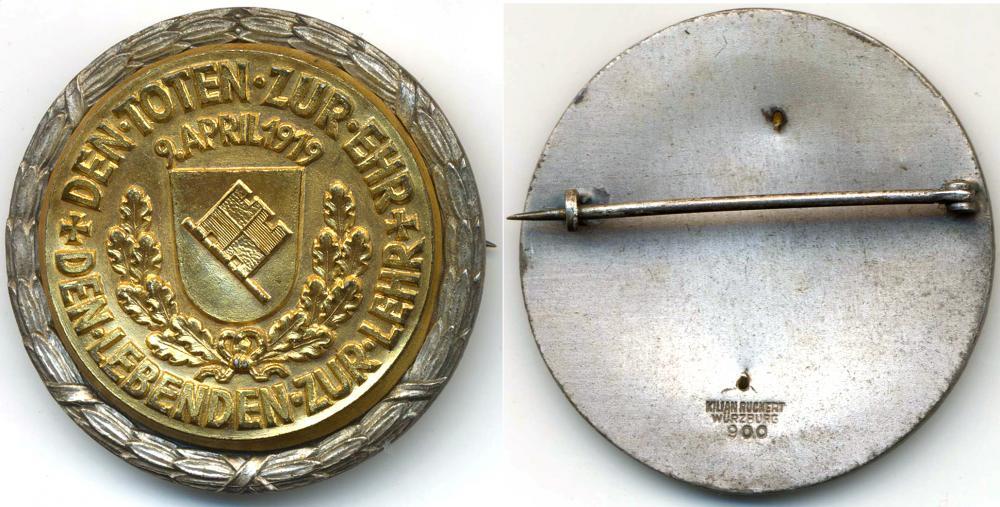
And here's the Liberation of Munich badge.
Interestingly, this badge was issued after the 1935 edict banning the wear of all Freikorps awards except the Silesian Eagle, Baltic Cross and Carinthian Cross. Its award accompanied a dedication of a memorial to the liberation of Munich attended by leading Nazis (pictured below).
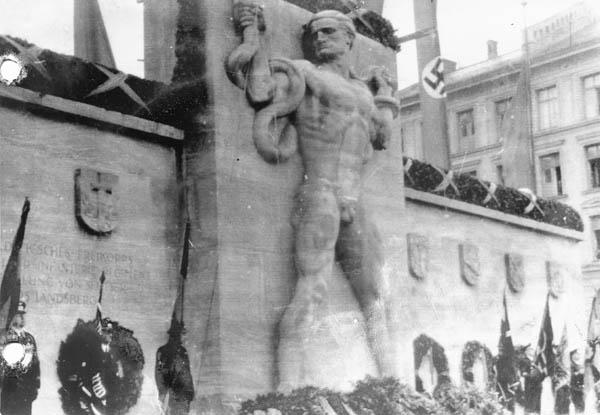 0
0 -
-
If you're referring to the cross second from last, that's likely a Mecklenburg-Schwerin Military Merit Cross II, probably for 1870 as it's an 1870 bar from the early 1900s. It's a Baden officer's bar as it has the Baden Officer's Long Service Cross (5th decoration).
0 -
I'm resurrecting this thread to identify a couple of common fakes that were shown as genuine badges 10 years ago before these badges were identified as recent reproductions.
These fake badges show the sail as "luffing" (flapping, i.e. with creases running through the sail) which would never happen with a ship sailing full bore with the wind. Ehrhardt, as an experienced sailor would never have approved a badge with such a technical error as this. So, obviously, whoever created the new die for this badge never sailed a sailboat. If compared to the genuine Ehrhardt badges and the gilt Wilhelmshaven badge, the mistake is obvious. There are other less obvious errors, which I don't want to identify, so as to not alert the fakers.
0 -
-
Thanks for the comments. It's been a good week.
0 -
Firstly, it seems the original image has disappeared. But, I'll post a new one anyway because after 4 years I've finally reunited the original sleeve badges that were with the pass before the group was broken up and sold separately. It's just dumb luck that they turned up for sale and even better were mislabeled as WWI FFA sleeve badges, which allowed me to pick them up comparatively cheaply.
So, here is the pass again reunited with the sleeve badges for Artillerie-Flieger-Staffel 101 and Eiserne-Flieger-Abteilung 427.
0 -
#2 is the WWI Veteran's Eastern Front Cross.
#3 is likely a Prussian long service decoration (probably 9 or 12-year medal, issued 1913-1920).
#7 is the Baden WWI Veteran's Commemorative Cross.
After 1933 he would only be allowed to wear the EKII and the LS medal + a Hindy.

 0
0 -
CD is Carl Dillenius, Pforzheim. Although this is not a typical Dillenius core.
0 -
2 hours ago, Uffz. Rohleder said:
It's the Ehrenkreuz 2.Klasse des Preußischen Landes-Kriegerverbandes / Cross of Honor 2nd class of the Prussian Landes-Kriegerverband
On wrong ribbon
42 minutes ago, bolewts58 said:Cross of Honor 2nd class of the Prussian State Veterans (or warriors) Association. Landes actually means 'country'. But, in this case I think it should be translated as 'state'. 'Krieger' more accurately means 'warrior'. But, I think 'veteran' could be used in a looser translation.
142 minutes ago, bolewts58 said:Here's the cross with the correct ribbon. It was made by Heinrich Timm, Berlin (marked on the jump ring at the top of the cross).
0 -
Fantastic! Thank you very much to both spolei and speedytop for your help.
This all makes sense as he was previously in Hannover Pionier Batl. 10 and afterwards was in an Eisenbahn-Bau Kompagnie in Panzerzug III, Freikorps Hulsen responsible for armor-plating the train and other construction duties.
0 -
Normally, I don't have a problem reading Kurrentschrift. But, I'm having trouble with some of the text, especially in the middle of the page because of the handwriting. It seems he was taking some kind of course which maybe had something to do with machining and perhaps types of airplane engines. But, that is a wild guess because there are too many gaps that I can't fill in. I may be way off.
Is there anyone who can please give me a hand?
thanks
Brian
0 -
On 01/02/2019 at 15:52, Uffz. Rohleder said:
OK thank you. That's what it thought. Is it a period one?
It looks period to me. It's not 3rd Reich. It's possible it's an Iron Division cap badge or Freikorps Brüssow collar badge. But, it could also be Wehrwolf from the 1920s. Hard to say.
0 -
No way to definitively know if it's Freikorps or not because these were in use from before WWI through to the 30s by several military and paramilitary organizations.
0 -
6 hours ago, paul wood said:
I suspect the Black Eagle is also EB, He had a great fondness for resurrecting the work of Godet.
Paul
Didn't Blass have a strong connection with Klietmann which is why he had access to Godet material?
0 -
6 hours ago, Freiwillige said:
Maybe it's a kind of long service or good conduct decoration, something like a Green Aiguillette with Westphalian Horse?
Not the Grune Fangschnur if that's what you mean. That went under the epaulette at the shoulder and under the arm. The knot with the horse and 2 acorns was at the junction of the epaulette and shoulder.
 0
0


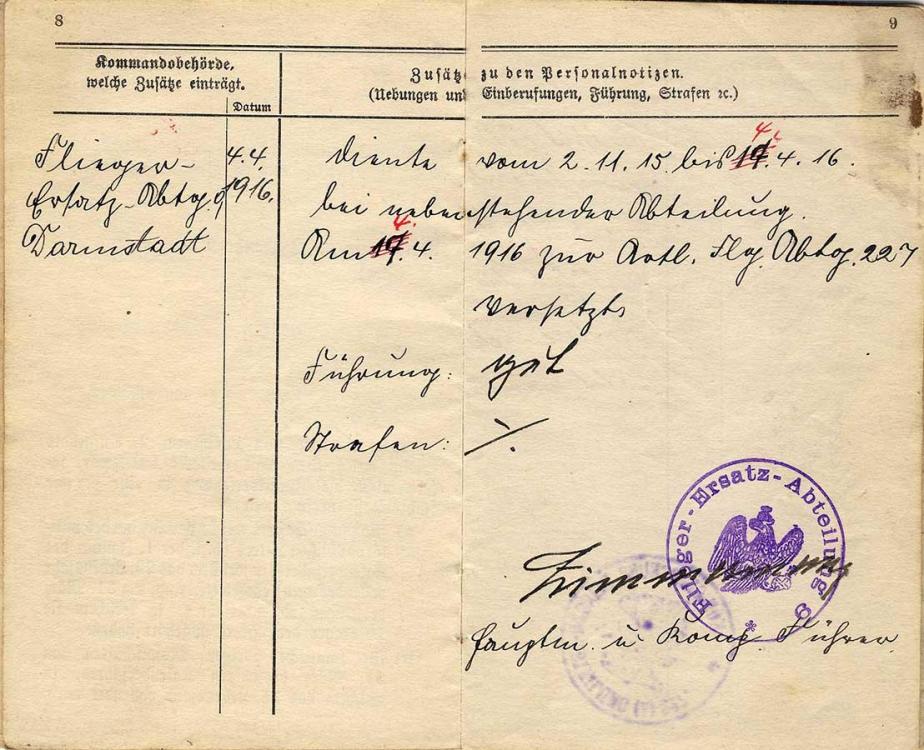
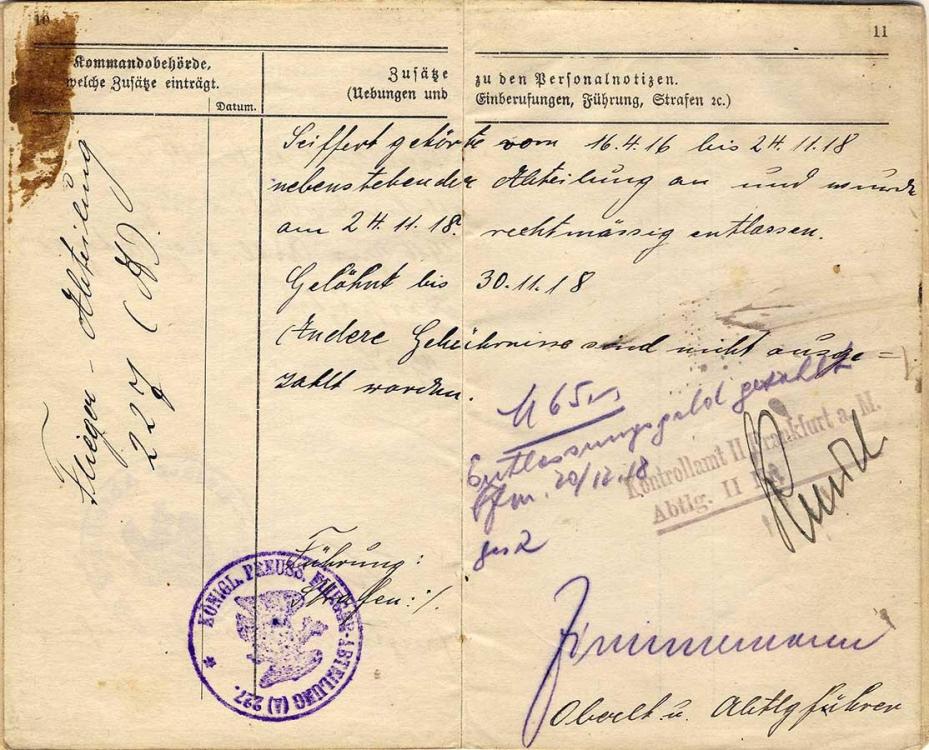
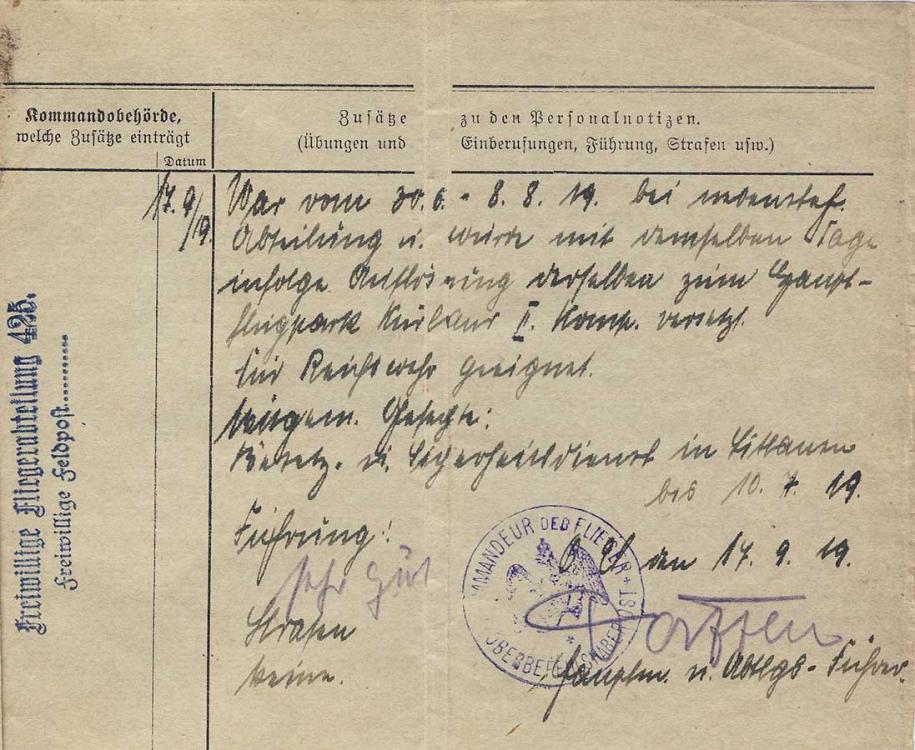
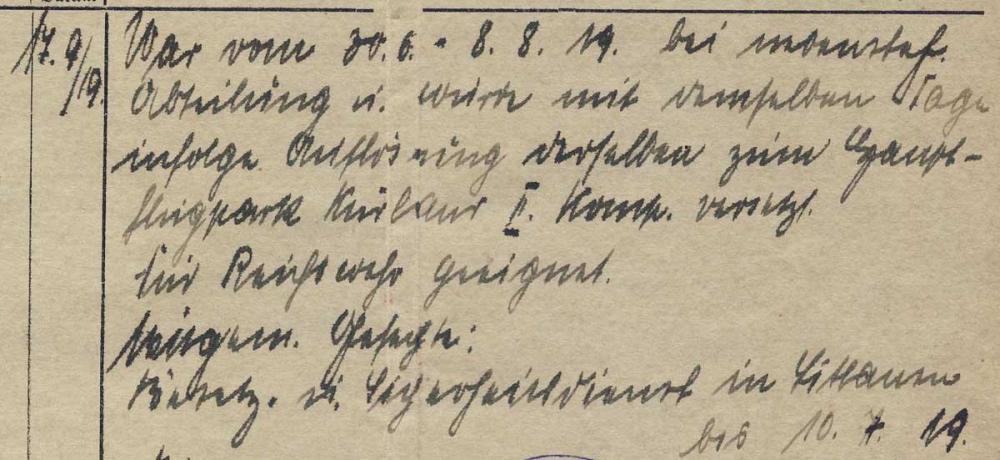
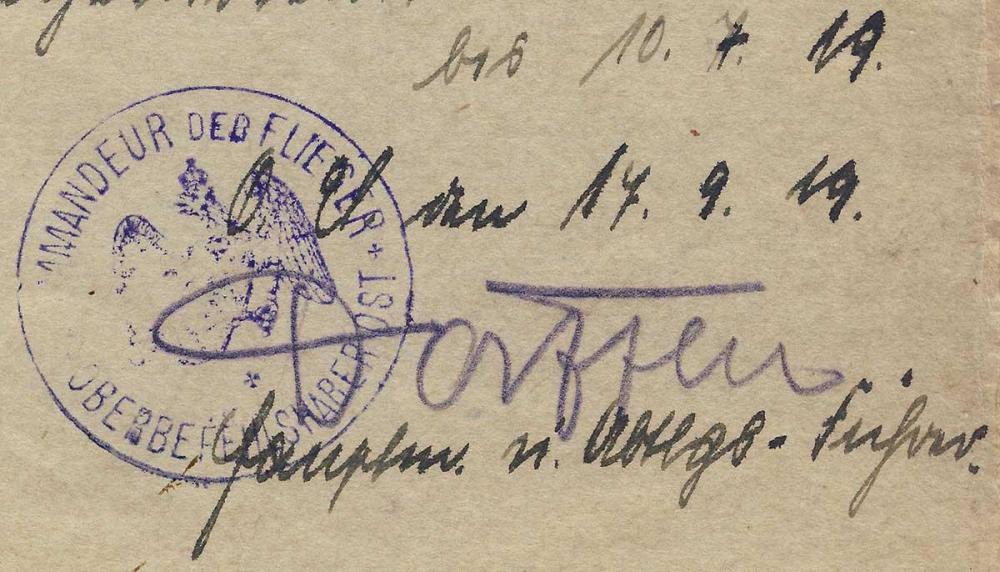
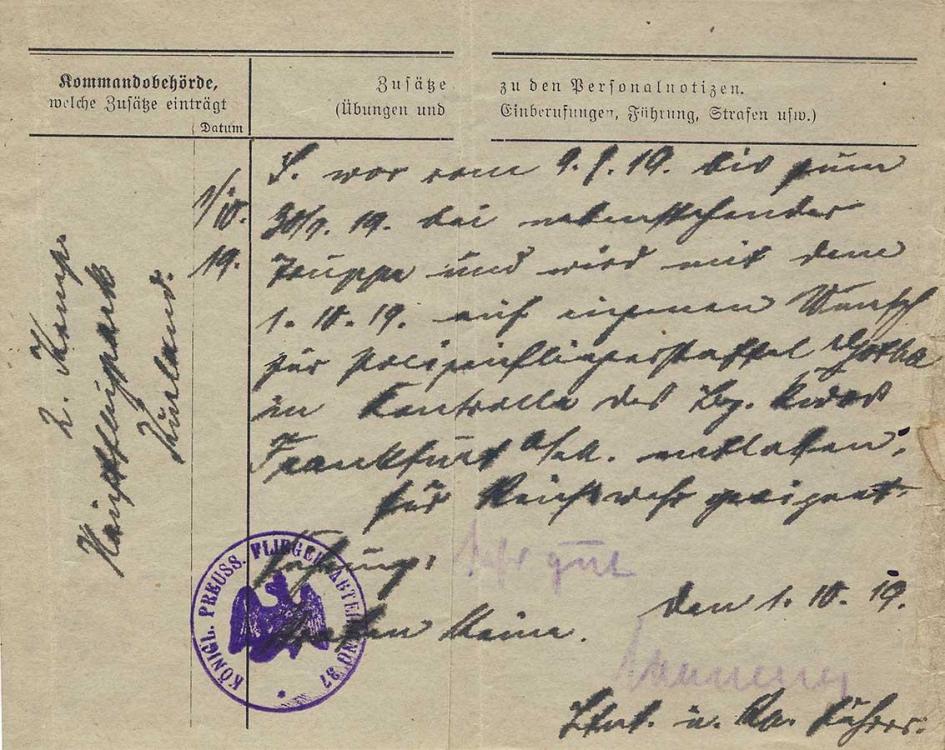
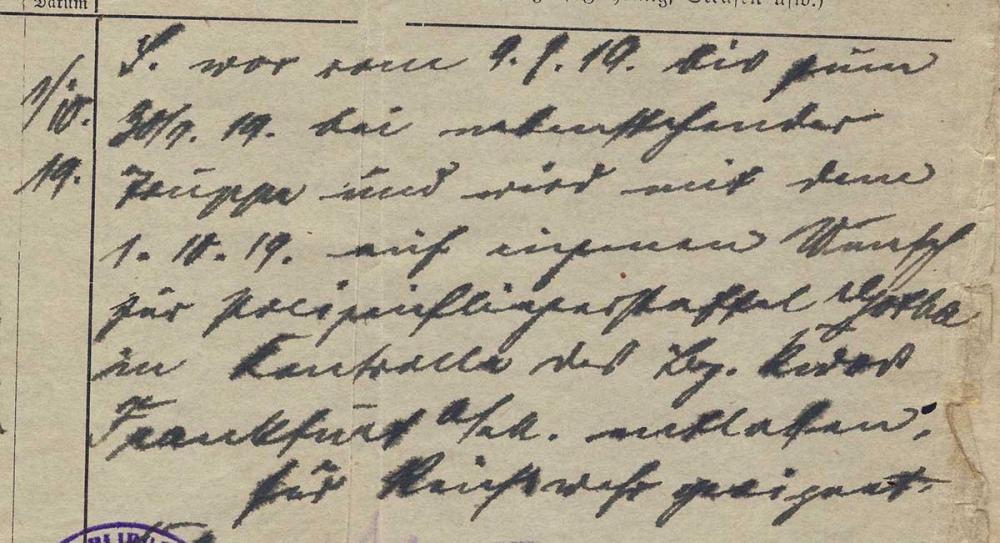
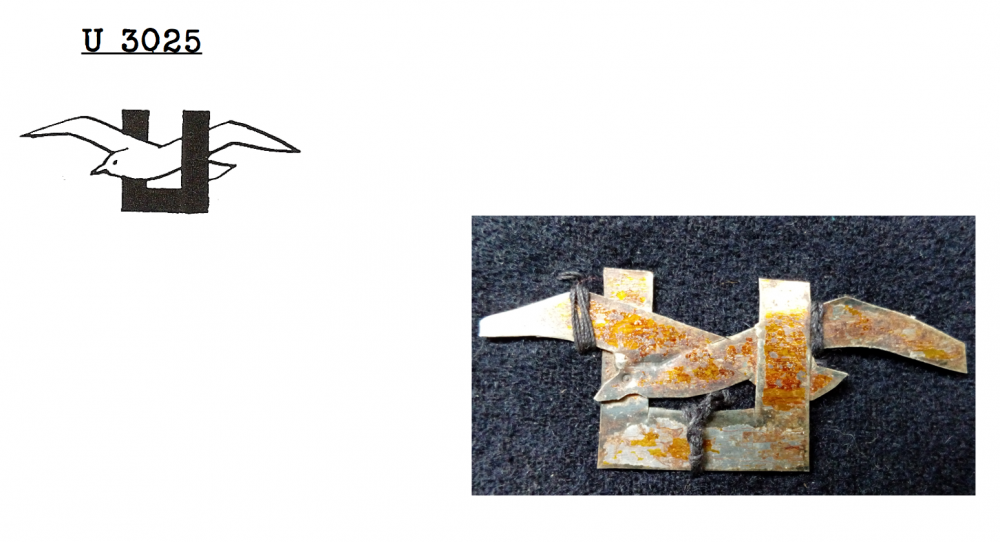
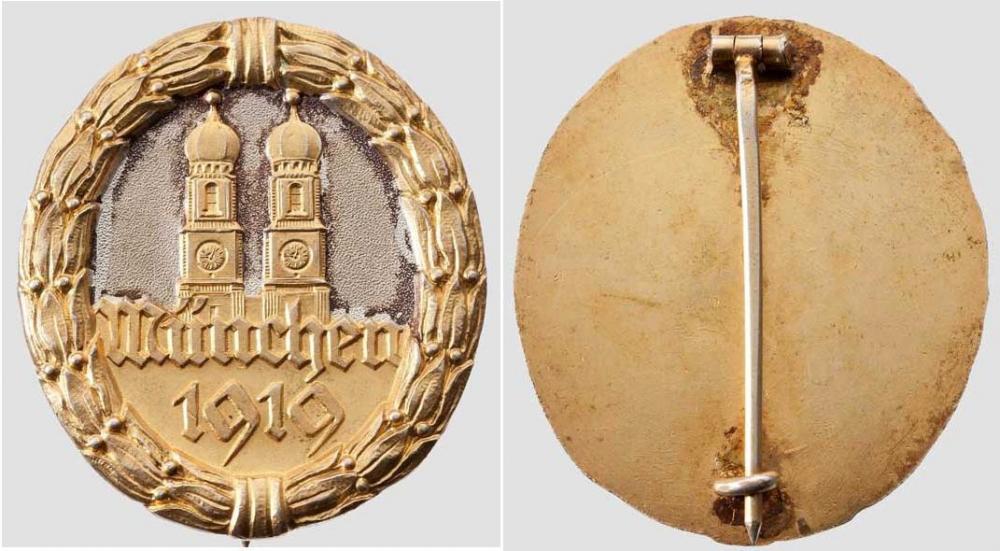
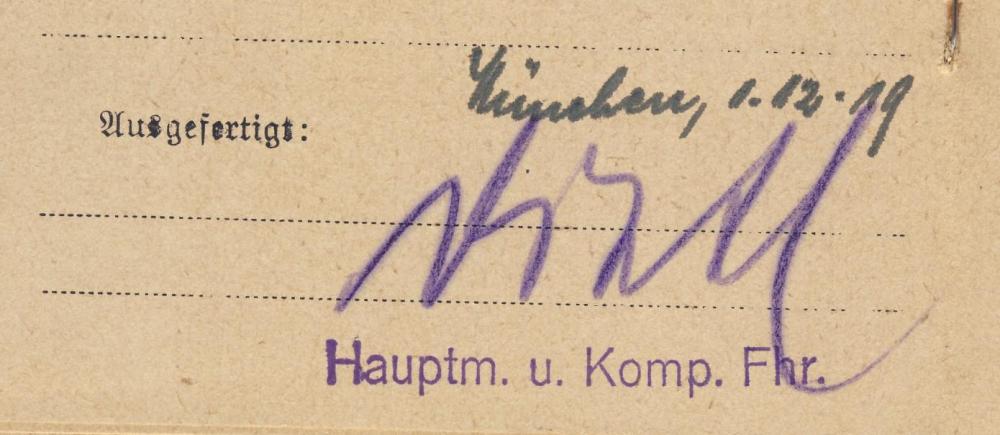

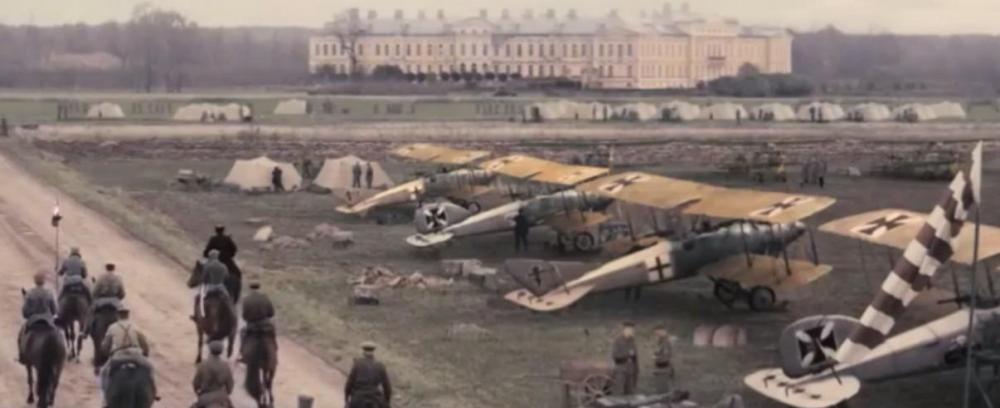
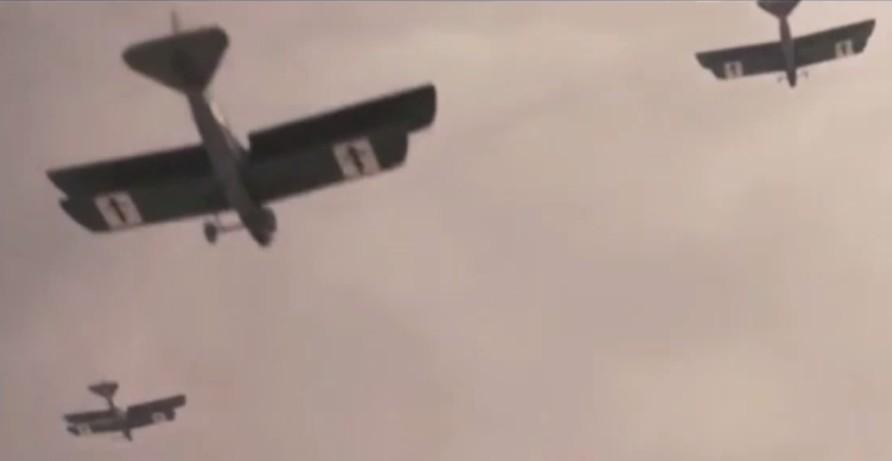
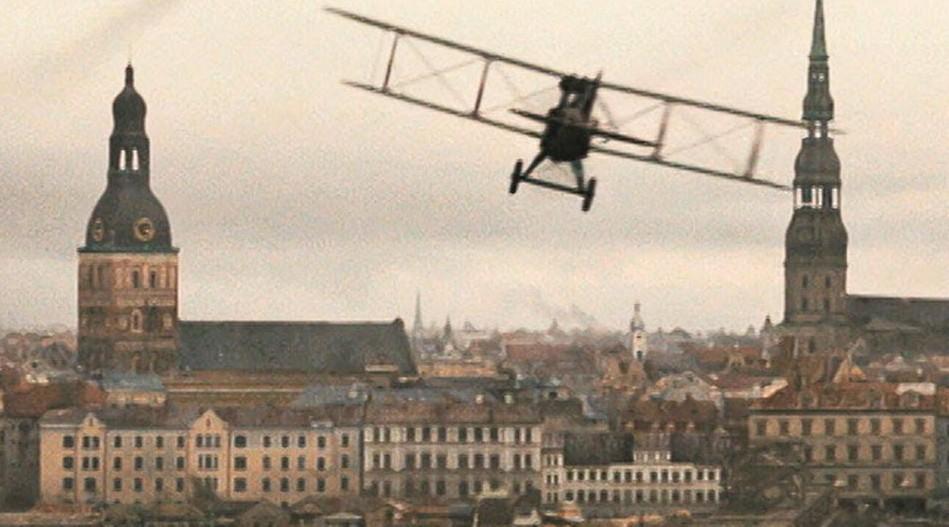
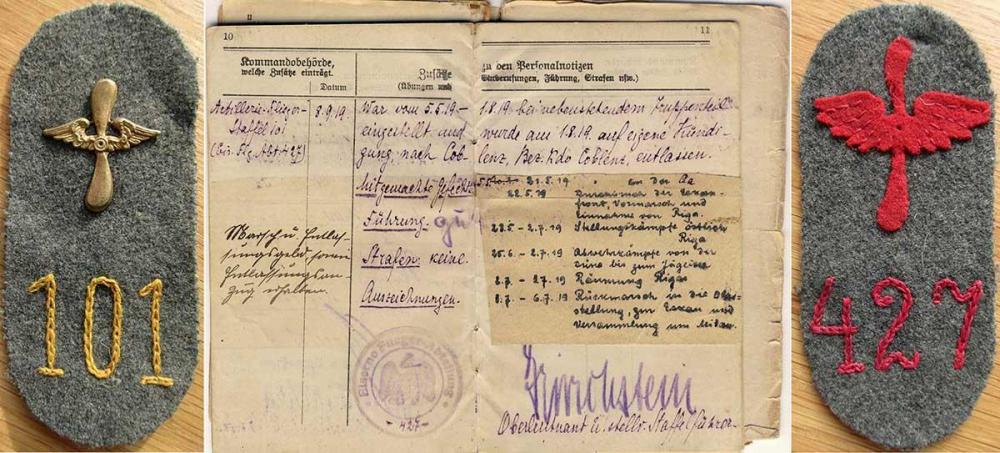
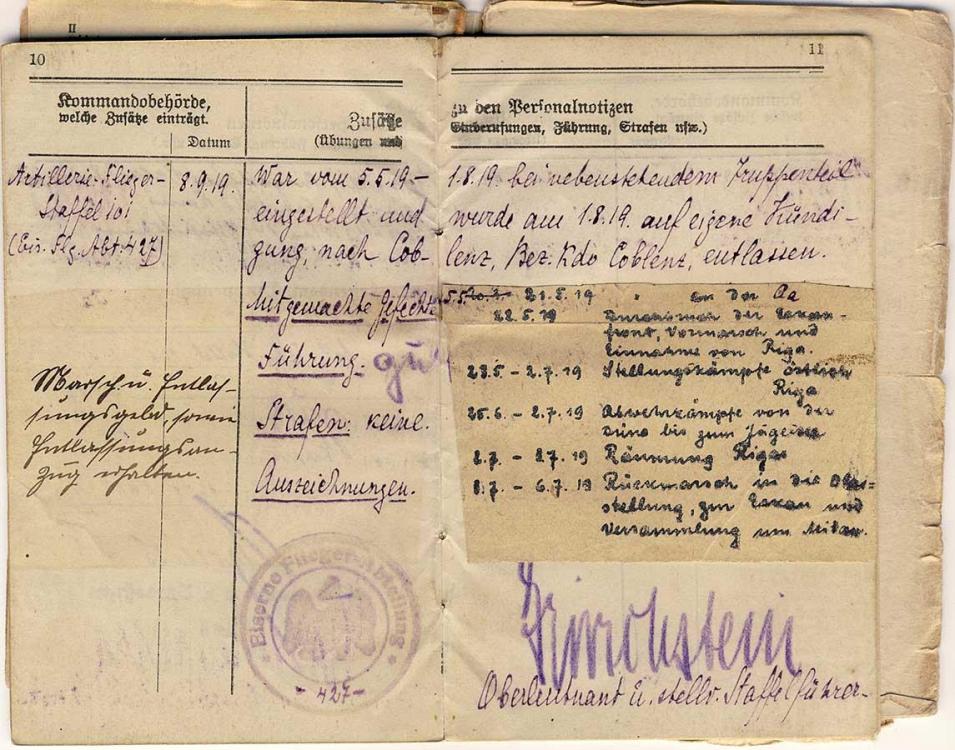


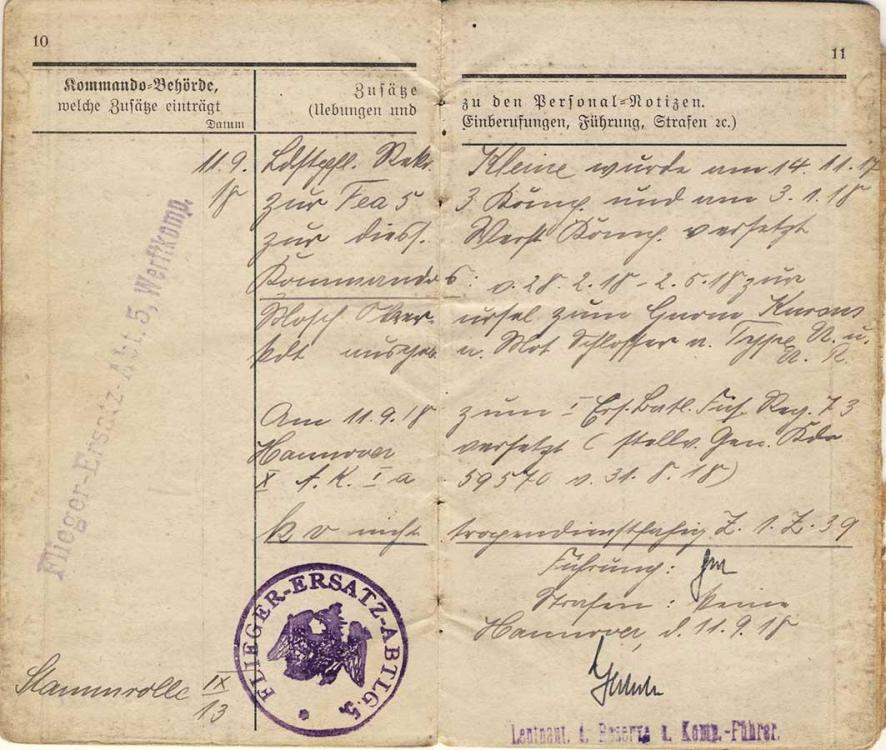
Freikorps pin "Z" ?
in Germany: Weimar Republic & Deutsche Freikorps
Posted · Edited by bolewts58
Well, while Kai Winkler is an experienced knowledgeable dealer, he's hardly an expert on Freikorps.
Actually, I know what this is. It's the collar badge of the Zeitfreiwillige der Reichswehr Brigade 4. The Reichswehr-Brigade 4 Magdeburg of the Vorläufige Reichswehr was formed in June 1919 from the Freikorps unit Freiwilligen Landesschützenkorps.
Here is the collar badge of Freiwilligen Landesschützenkorps/Reichswehr Brigade 4 shown next to the collar badge of Zeitfreiwillige der Reichswehr Brigade 4.
Also, here is letterhead with the logo of Zeitfreiwillige der Reichswehr Brigade 4.
Looking at the stickpin again, there's a slight possibility that this is the civil stickpin worn by former members of Zeitfreiwilliger der Reichswehr Brigade 4. It likely can be ID'd definitively in the Katalog der Abzeichen deutscher Organisationen 1871-1945 (Catalogue of German Membership Stickpins and Badges) by André Hüsken.